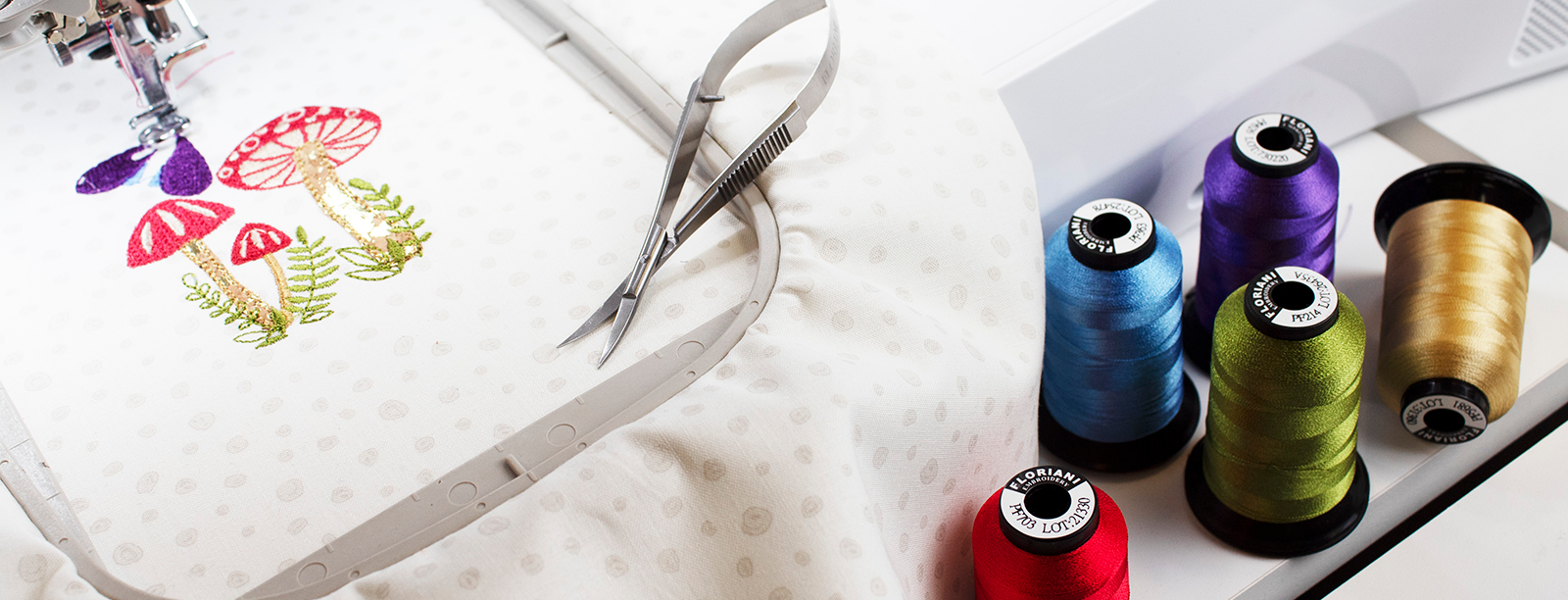6 cute, In-the-Hoop soft baby rattles or pet toys.
CD Includes: 6 machine embroidery designs for the 5″ x 7″ embroidery hoop. Create the cutest baby toys or pet toys. Just add a rattler or a squeaker to make these toys even more fun! Use the SVG artwork files in your digital cutter to draw on card stock to create cute baby mobile.
Formats Included: ART, DST, EXP, HUS, JEF, PES, VIP, VP3, XXX
and SVG artwork and digital cutting applique files.


Reviews
There are no reviews yet.